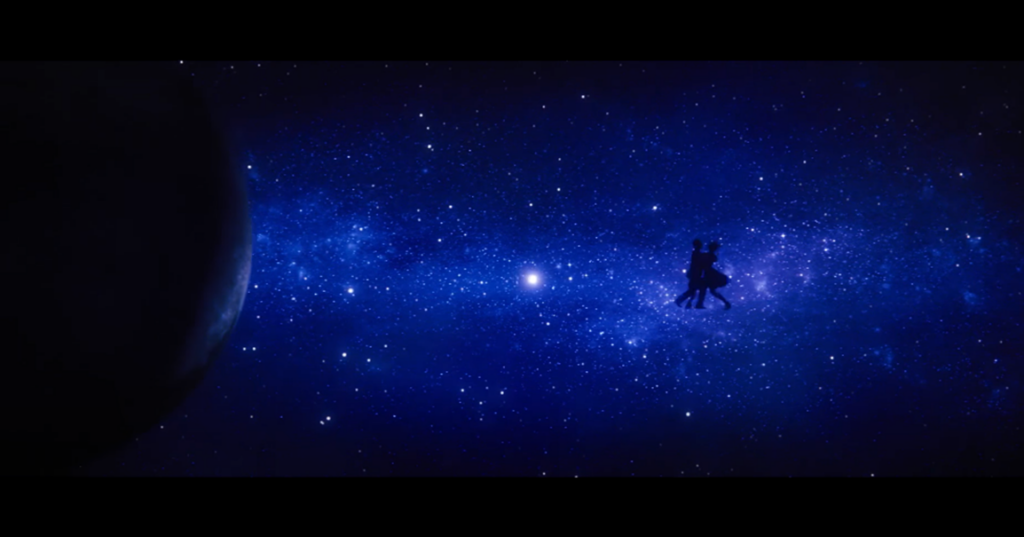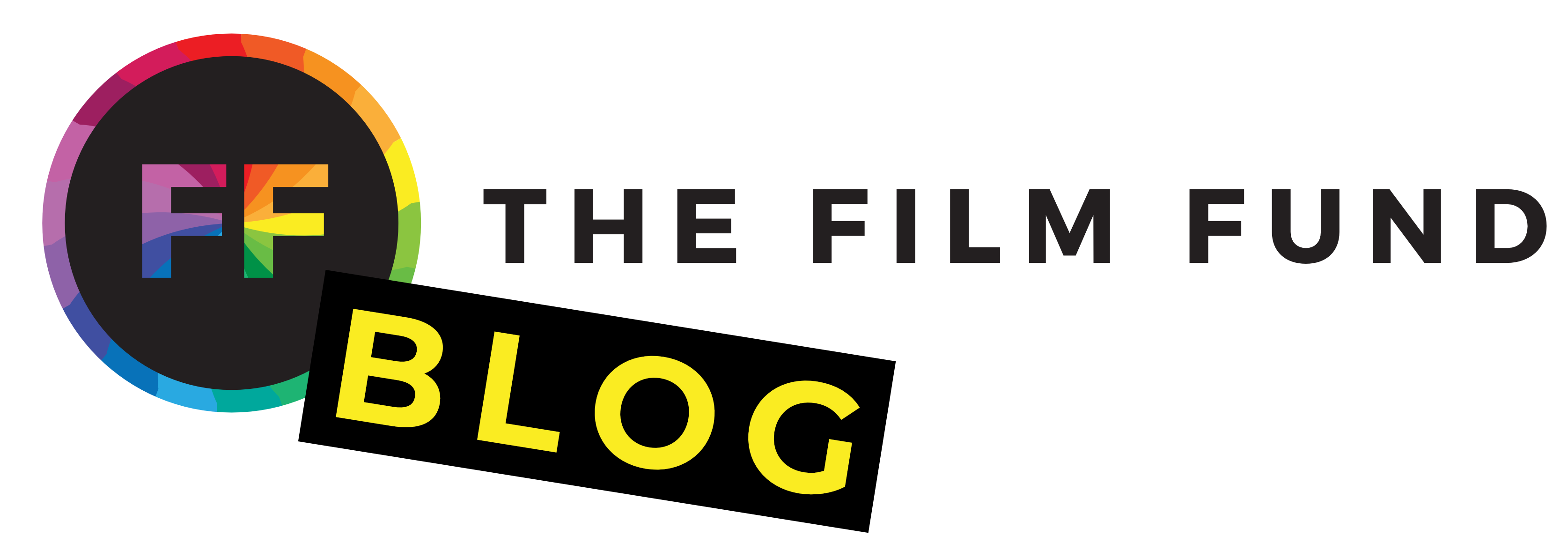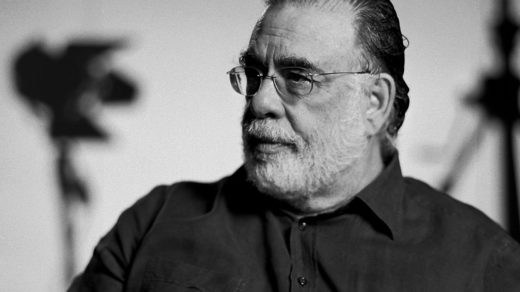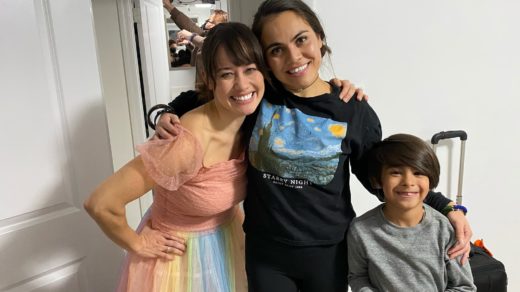La La Land (2016), directed by Damien Chazelle, is touted as the modern Hollywood musical. The film received critical acclaim, academy awards, and has an overall appreciation from many different viewers.
Today, we want to focus on an odd phenomenon. This film uniquely draws acclaim from both the fans of musicals as well as those traditionally uninterested in musicals.
There are many potential reasons for this unity – let’s dive into it.
How does it unite two different audiences?
When it comes to Hollywood musicals, Singin’ in the Rain is often touted as the best or “Almost Perfect Musical.” People rave about the dance numbers between Don and Kathy. Ironically, La La Land has numerous dance numbers with minimal breaks between them, but few songs have the main characters singing with each other.
Singin’ in the Rain has an iconic number that signifies falling in love with the character Don.
Don dances and sings about his joy and glee toward Kathy. Lyrics such as “The sun’s in my heart, I am ready for love!” and “I’m happy again!” give off a clear message to the audience, with little to be interpreted.
However, Singin’ in the Rain takes the sappy and formulaic dialogue of bluntly professing love and emotion and grounds in it a stormy street. By contrast, La La Land removes all dialogue and relies a lot on visual storytelling and the most extreme fantasized elements in the entire film, in the observatory scene.

Dancing with the stars
The Observatory scene depicts one of the few instances solely dedicated to Mia’s and Sebastian’s love, and it also dramatically breaks the line between reality and fantasy. The lack of distinction between when this scene becomes fantasy is a unique aspect of the scene that can be so appealing to those outside of musical fans. The film directs the viewer’s eyes to focus solely on our character’s movement, much like a magician performing tricks.
The scene visualizes the fantasy of falling in love and does so greatly without using any lines of dialogue or lyrics. It takes the opposite approach of Singin’ in the Rain, which relied more on sappy style dialogue or over-the-top song lyrics to demonstrate love. The scene accomplishes the idea of taking the fictional place known as “La La Land” and exemplifying it only to bring it down to earth immediately after, which is why it appeals to musical lovers and haters. With all that said, the scene also serves as near-perfect visual storytelling for our characters that musical lovers and non-musical lovers alike can appreciate.
Career or Love?
Throughout the film, our characters have their small moments of love demonstrated to the audience. However, there is a significant focus on Mia and Sebastian’s careers, that being an actress and Jazz club owner, respectively. As the film continues, we see Mia continue to struggle to pass auditions, which eventually leads to her writing her play. Sebastian becomes further focused on opening his own jazz club and obsessively brainstorms about it. Most of their conversations revolve around their careers and have very little to do with their love. Sebastian takes Mia out to a jazz band to show her his authentic vision of what jazz is. Many could interpret this as a sign of the two bonding, but the film frames it as a career obsession.
Why would a musical that sold its audience on the love story have such a realistic and grounded focus? This mix-up is where the appeal to musical haters becomes crucial, as it gives them something else to be attached to besides the love story. A portion of viewers may enjoy this route in a musical because it shows the hard work and dedication of fulfilling your dreams with the dramatization a modern musical can bring visually. Both characters always prioritize their career, with their love being second, as the film continuously implies.

The Controversial Ending
To call the film’s ending divisive would be a massive understatement. Many articles and reviews have been written questioning or criticizing the ending, with some arguing it strengthens the entire film. The film wraps every hint, every stylistic choice, and every motif that has been shown to the audience throughout the entire runtime. This is a testament to Chazelle’s directing ability.
Near the end, the film jumps five years into the future. Before this jump, Sebastian urged Mia to take her prominent role in Paris, motivating her with his stubborn tone as we have seen throughout the film. After this five-year time jump, Mia and her new husband stumble upon Sebastian’s jazz club, his dream finally fulfilled. Mia is now an established star, reaching her dream. Both of our characters saw their motivations and goals through to the end, but something feels different.
They did not end up together, and they have not been together since we last saw them. This certainly feels like a jarring decision. However, the film has hinted toward this outcome in almost every scene. Sebastian has a stubborn attitude towards his career, as we see in the first restaurant scene. Mia does not focus on love. She only wants to fulfill her dreams, as we see in the party scene. Their relationship is built on their dreams and motivating each other to see them through.

They share a look and Sebastian gives her a nod and a smile. This reassurance can is shown to the audience and tells them that the outcome is okay, and the characters found their happiness regardless of the outcome.
This is not the sad ending the movie often gets accused of having. The reassurance along with the film’s guidance of the following your dreams focus, and the grounded telling of this tale satisfies both the musical lover and hater. La La Land is stylistically an accurate homage to the musical formula, but a narrative rejection to create an intense, bittersweet film that will be discussed for years to come.
A final reflection on La La Land
One of the main reasons for La La Land’s broad appeal is its unique approach to the musical genre. The film blends the classic Hollywood musical with contemporary storytelling techniques, making it accessible to a wider audience. For example, while Singin’ in the Rain relied heavily on sappy and formulaic dialogue to express emotions, La La Land uses visual storytelling to convey the same feelings. The Observatory scene, in particular, stands out as a masterpiece of visual storytelling that captures the fantasy of falling in love without using any dialogue or lyrics. The lack of distinction between reality and fantasy in this scene is a unique aspect that can be so appealing to those outside of musical fans.
Moreover, the film’s focus on the characters’ careers is also a significant factor in its broad appeal. While most musicals prioritize the love story, La La Land gives equal importance to the characters’ professional aspirations. This mix-up is where the appeal to musical haters becomes crucial, as it gives them something else to be attached to besides the love story. A portion of viewers may enjoy this route in a musical because it shows the hard work and dedication of fulfilling your dreams with the dramatization a modern musical can bring visually.
Ending with a bang
However, the film’s ending has been the most divisive aspect of the movie. Some viewers have criticized the ending for not fulfilling their expectations of a traditional Hollywood love story. However, the film’s ending is a testament to Chazelle’s directing ability, as it wraps every hint, every stylistic choice, and every motif that has been shown to the audience throughout the entire runtime. The film jumps five years into the future, and we find out that Mia and Sebastian have not been together since we last saw them. This decision certainly feels jarring, but the film has hinted toward this outcome in almost every scene. Sebastian has a stubborn attitude towards his career, as we see in the first restaurant scene. Mia does not focus on love; she only wants to fulfill her dreams, as we see in the party scene. Their relationship is built on their dreams and motivating each other to see them through.
The ending of the film may not be what viewers expected, but it is a reflection of the film’s overall message. The film is not just a love story; it’s a celebration of chasing your dreams and finding happiness regardless of the outcome. Both Mia and Sebastian accomplished their goals, but they did it separately. They may not have ended up together, but they still share a connection and support each other in their achievements. The reassurance that the characters found their happiness regardless of the outcome is what makes the ending of the film so powerful.
Moving on from La La Land.
La La Land’s unique approach to the musical genre, its focus on the characters’ careers, and its unconventional ending have helped to unite two different audiences: fans of musicals and those who are traditionally uninterested in musicals. The film’s visual storytelling, dedication to the characters’ dreams, and celebration of chasing one’s goals have made it a modern Hollywood classic that will be remembered for years to come.
If you’re interested in learning more about filmmaking, make sure to check out our contests! Filmmakers of all backgrounds can win thousands of dollars for their project with a single sentence!




